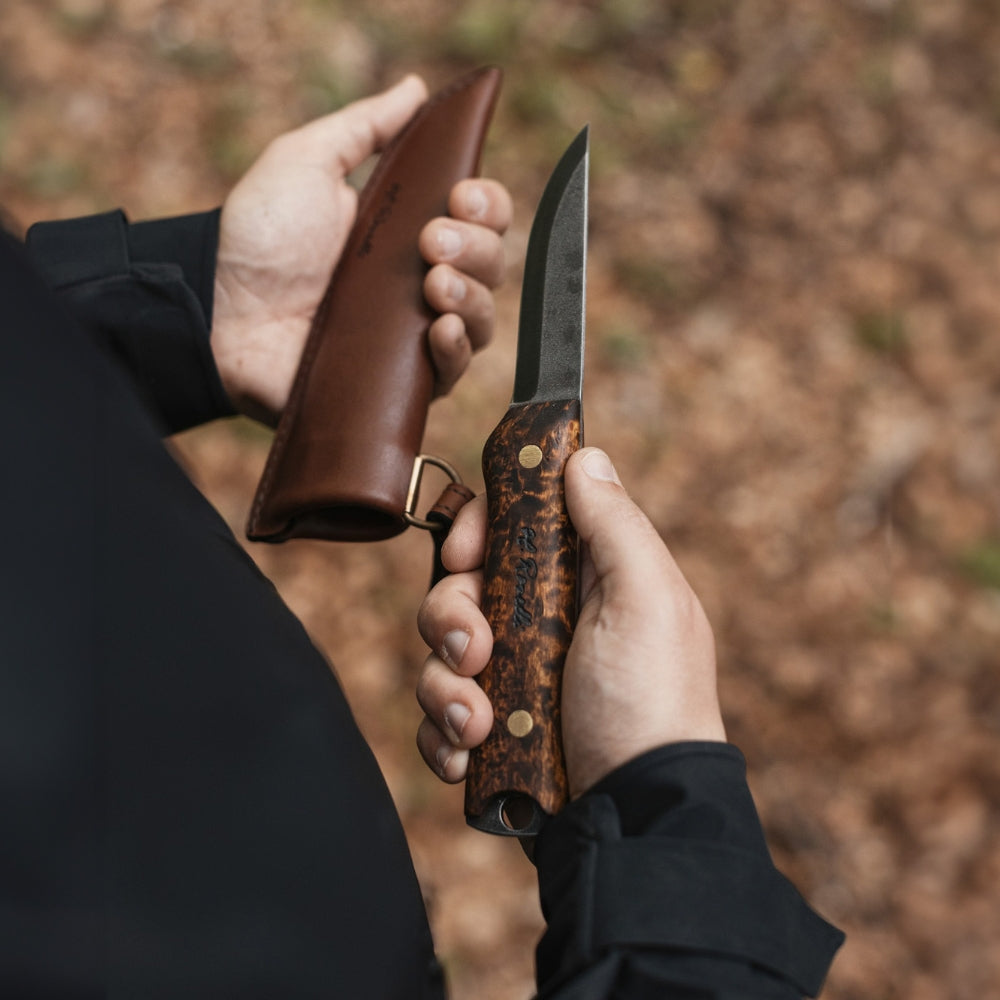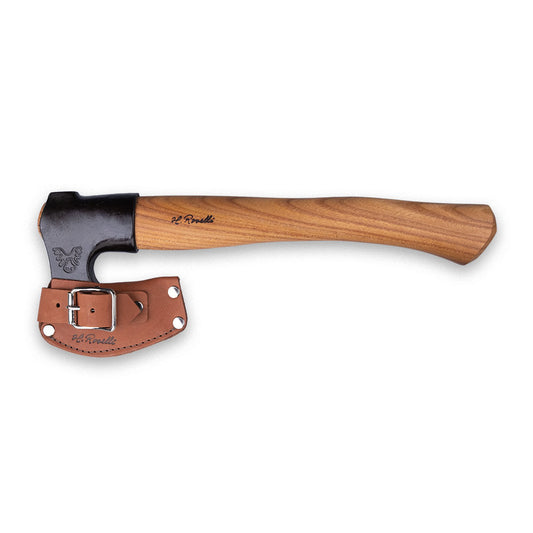How do I store my wood properly?
Once your wood is split, it's time to start stacking and placing it. It's important to stack correctly and in the right place so that your wood has time to be sufficiently dry for the winter. Regardless of whether you choose to buy or build a wood stand, you should keep in mind that your wood stand needs to be robust and sufficiently raised from the ground. Also make sure that the ground under your stand is even and dry so you avoid water accumulating around your wood. Place a roof or cover your wood rack with a tarpaulin to prevent water from coming into contact with the firewood.
When stacking your wood, remember to stack it loosely so air can come in between. Also keep in mind that wood shrinks when it is drying during the year, this means that the wood may be moved. Therefore, make sure to secure your wood stand properly so that your wood can not be moved too much. To prevent your wood from rotting, place some kind of treated wood underneath to prevent moisture from reaching your wood.























